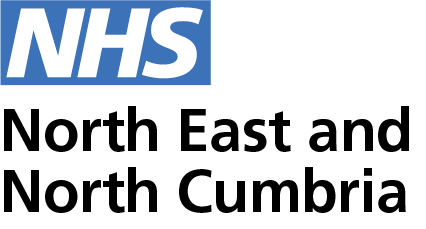GP2Pharmacy case study: An innovative approach to managing demand on GP services
An innovative approach to reducing the pressures on GP practices was trialled in South Tyneside prior to the pandemic which meant there was a safe place to triage and refer patients directly to community pharmacies.
Research within the South Tyneside area by the Clinical Commissioning Group has shown that around 45 per cent of GP appointments could be carried out by another health care professional. Services in South Tyneside have been working collaboratively for some time and were exploring ways that pharmacies could alleviate some of the pressure on local GP services. As GP practices come under ever increasing pressure, services in South Tyneside wanted to explore how they could triage patients with specific conditions straight to their local community pharmacy of choice.
Background
The project was funded nationally via South Tyneside Clinical Commissioning Group and began referring its first patients in December 2018. They commissioned South Tyneside Health Collaboration to deliver the transformation project. South Tyneside Health Collaboration provides services to 21 GP practices in addition to extended access services in the South Tyneside area. They also provide back-office support for the three local Primary Care Networks, managing all administration, finance, recruitment and support functions.
How it works
Reception teams at the GP practice follow a strict protocol to identify patients with specific conditions who can be referred directly to a community pharmacist. Unique to this project was setting up the processes and governance around pharmacies using ten specified Patient Group Directives for medication. Events were held across South Tyneside for pharmacists interested in joining the scheme, to be trained by local GPs, in how to use these PGDs. These events were also supported by the Local Pharmacy Committee (LPC).
Patients with specific conditions linked to the ten PGDs are offered a fixed time appointment, usually on the same day with a community pharmacist.
The reception teams have been trained on the specially developed formulary which helps them to appropriately triage the patient.
The patient chooses from up to 20 local community pharmacists and is offered a private consultation room for their appointment. Patients are directly booked in and given an appointment time using a bespoke GP2Pharmacy Digital Diary. The pharmacy can see all their own appointments and can block out specific times as required.
When patients arrive at their appointment at the pharmacy, they can be marked as arrived and seen. The outcome is recorded in the pharmacy system and a notification is sent back to the GP practice.
The pharmacy system also allows the data captured to be gathered and analysed providing the CCG with analysis on the usage and outcomes.
What is a PGD?
PGDs are not a form of prescribing. PGDs allow health care professionals specified within the legislation to supply and/or administer a medicine directly to a patient with an identified clinical condition without the need for a prescription or an instruction from a prescriber. The health care professional working within the PGD is responsible for assessing that the patient fits the criteria set out in the PGD.
Source: https://www.sps.nhs.uk/articles/what-is-a-patient-group-direction-pgd/
Benefits
Patients have more choice in terms of the location and availability of appointments as the capacity across the 20 pharmacies is much greater than a single GP practice. It means patients are seen usually on the same day and can book appointments at a time to suit with the pharmacy’s opening times. It also means patients can access care closer to home or work as there is greater choice of locations.
Karen Large, Strategy and Innovation Lead for South Tyneside Health Collaboration, and led on the programme said: “It’s a win on all three sides. For the patient it gives them access to greater number and choice of appointments. They can be seen more quickly by the right healthcare professional. It opens additional capacity at the GP practice for patients who urgently need to see a doctor. From a patient safety aspect, they can be assured the patient is getting the most appropriate care and often quicker access. It also brings additional revenue to the pharmacy and is part of their daily routine seeing patients at fixed times which helps their planning processes, and firmly puts them within the primary care space offering services directly to patients.”
Patient engagement
The team worked closely with patient groups as they were shaping the processes. They also carefully scripted the way in which patients were communicated with, so they understood they were being offered a fixed time appointment by an appropriate healthcare professional.
Karen concludes: “We are continuing to develop and improve the service and receive lots of positive feedback from healthcare professionals and patients alike. It enables people to get the right care, quickly and helps us work closely with different services and integrate care across the South Tyneside area.”
"GP2P is an innovative service that increases the functionality of community pharmacists so they can better manage and treat patients with minor illnesses in the community. As someone who spent a lot of time talking to pharmacists who are delivering the NHS Community Pharmacist Consultation Service, I know that being able to supply a range of medicines through GP2P can reduce the need for a pharmacist to refer patients to see a GP for the supply of a Prescription Only Medicine."
Andre Yeung
Local Professional Network Chair (Pharmacy)
NHS England and NHS Improvement - North East and Yorkshire

